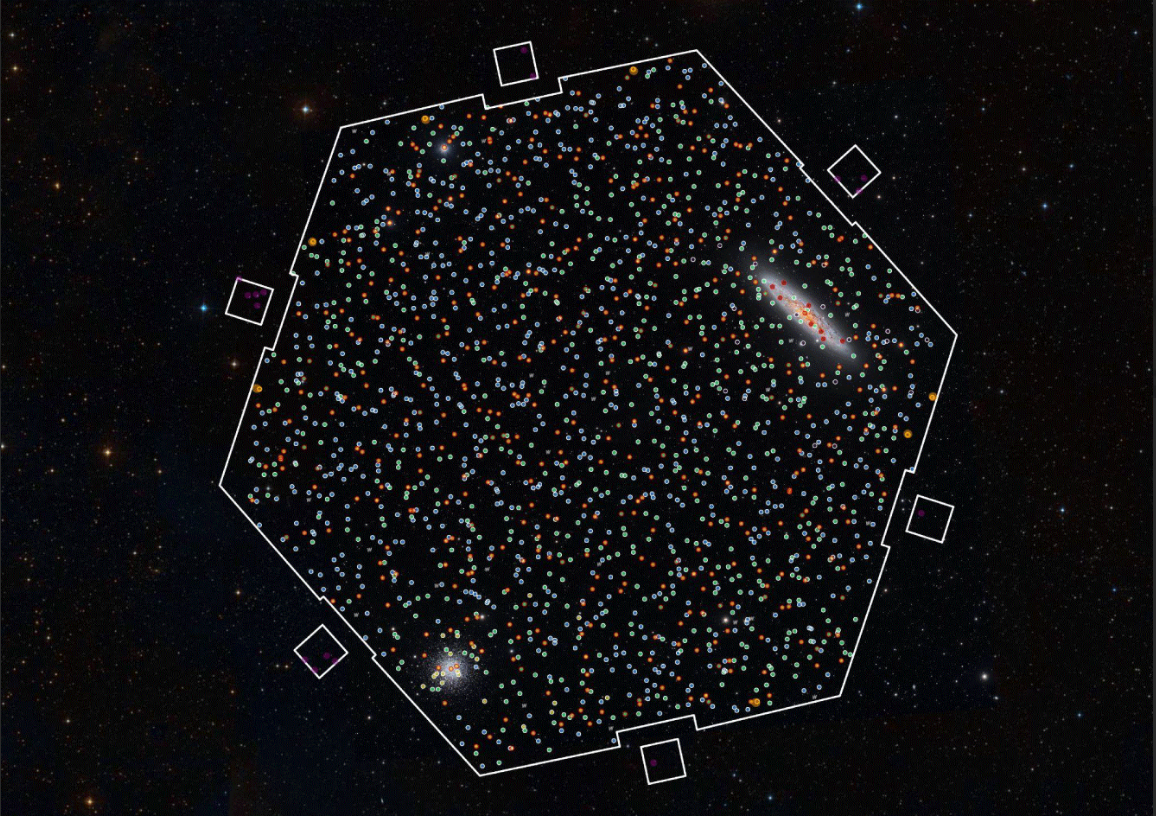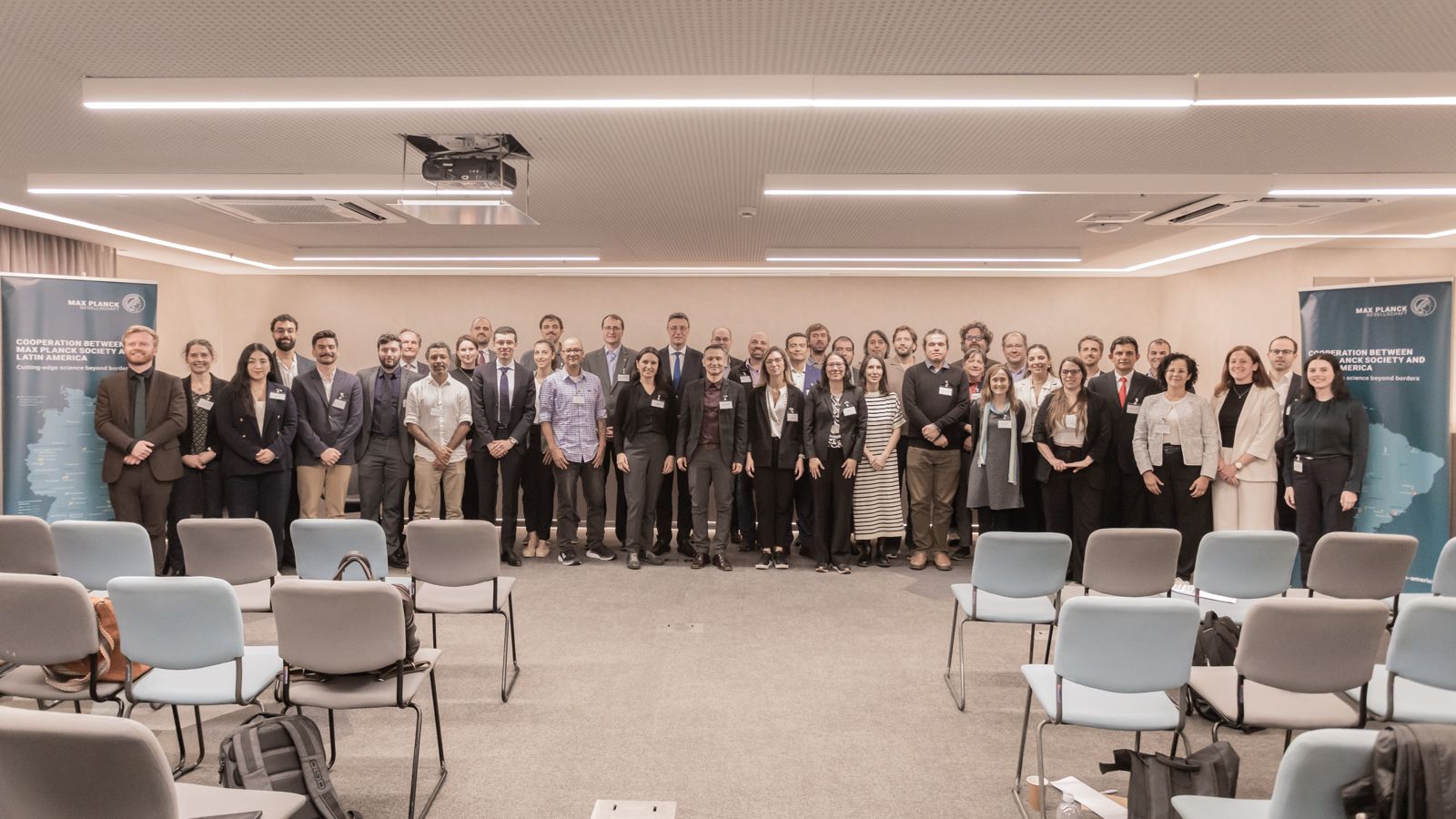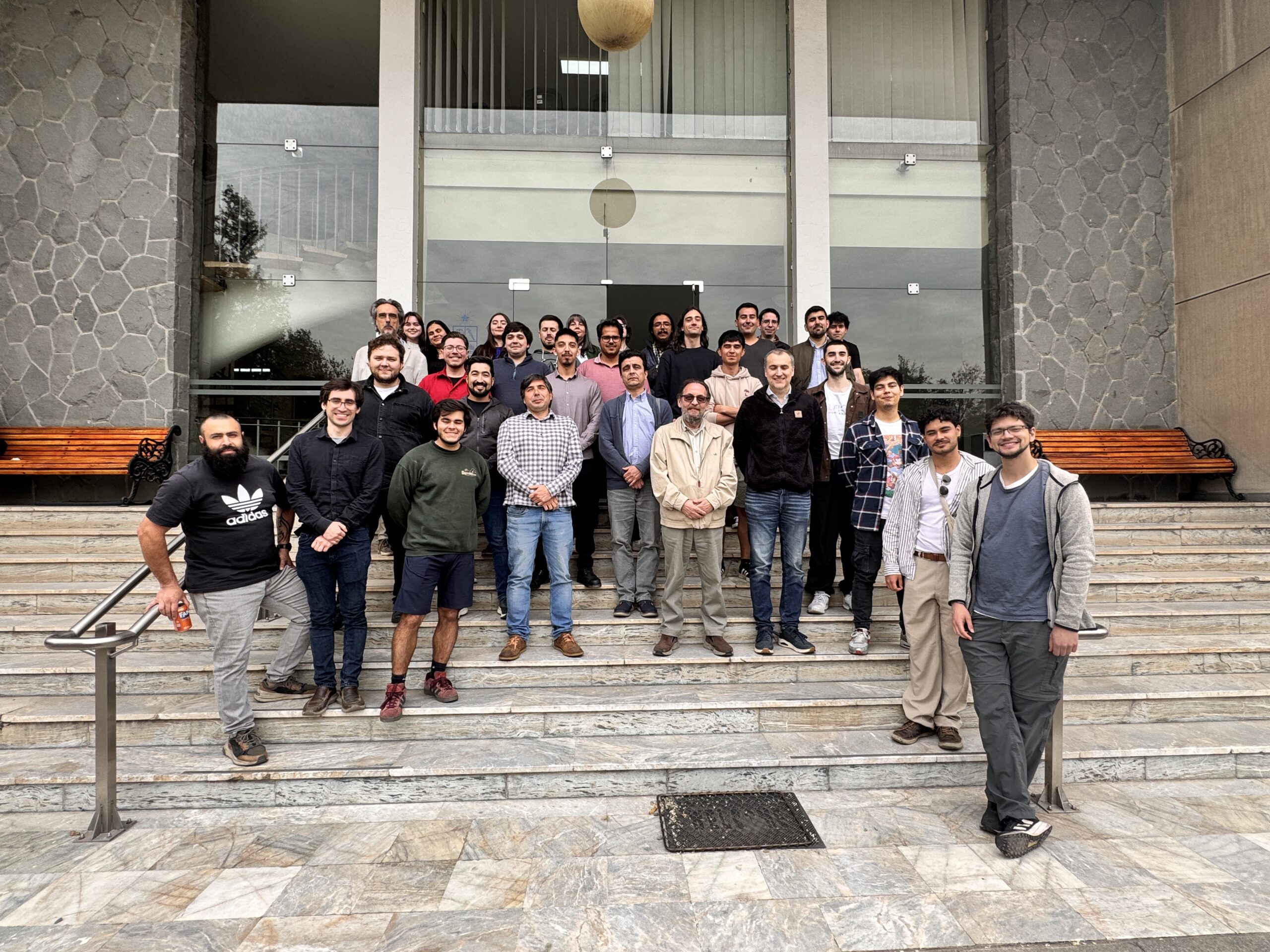
New Board of Directors takes office at CATA
The Center is now in charge of Ezequiel Treister (UC) who took over as Director and Laura Perez (U. de Chile) as Subdirector.
A renewed board of directors will take office as of April 2024 after serving more than 20 years as Deputy Director and later as Director of the Center for Astrophysics and Related Technologies (Centro de Astrofísica y Tecnologías Afines).
In a ceremony full of emotion, but also of data highlighting the achievements of the institution in recent years, Ezequiel Treister as Director and Laura Pérez as Deputy Director of CATA took up their new positions.
During the ceremony, Guido Garay, as outgoing Director, gave a detailed public account of his administration, which was executed between 2008 and 2024, periods known as CATA I and II, whose results achieved include the increase from 24 to 49 principal and associate researchers; 25098 citations; the training of 157 students dedicated to astronomy; 84 doctoral theses delivered and 206 professionals who obtained their master’s degree in astronomy. In these years we have achieved an important growth in terms of human resources dedicated to astronomical research, reaching spectacular results at the scientific level,” said Garay.
Among the discoveries made by CATA researchers are the detection of molecular jets and forming protostars; the discovery of primordial galaxies through deep observations and the localization of giant and hot extrasolar planets.
But undoubtedly one of the most important challenges committed during the period was the implementation of national astronomical instrumentation through the implementation of 3 laboratories in member universities of the Center, such as the Millimeter Wave Laboratory (U. de Chile); the Astroengineering Center (U. Católica) and the Center for Astronomical Instrumentation (U. de Concepción). An outstanding initiative for the creation of these enclosures, said Garay, “was the design and construction of a Band 1 receiver that was implemented in the ALMA telescopes. In this way, we were pioneers in creating quality instrumentation to be used in the observatories installed in Chile”.
New challenges
For the second stage of CATA, the new structure will seek to provide agility to the management and scientific and technological development in order to establish an even more powerful link in communication, dissemination and technology transfer to Chile and the world.
In this sense, the recently assumed Director, Ezequiel Treister, valued the fruits achieved by the Center during the previous administration and then urged the current and future astronomical community to “continue with the great success of the last years, which today constituted as a Corporation, will ensure that the results of what is researched and published will be transferred to a society that will benefit from the achievements obtained. There are more than 20 years of trajectory, which give us the basis to face the great challenges ahead, and which will undoubtedly write a new stage of the Center for Astrophysics and Related Technologies”, said Treister.
Acknowledgement
At the end of the ceremony, a brief tribute was paid to the trajectory and importance of the role played by Guido Garay, both in his positions as Deputy Director and Director, which undoubtedly meant the creation of CATA and therefore, the opening of Chile’s borders to the international astronomical community.
Recent news
-
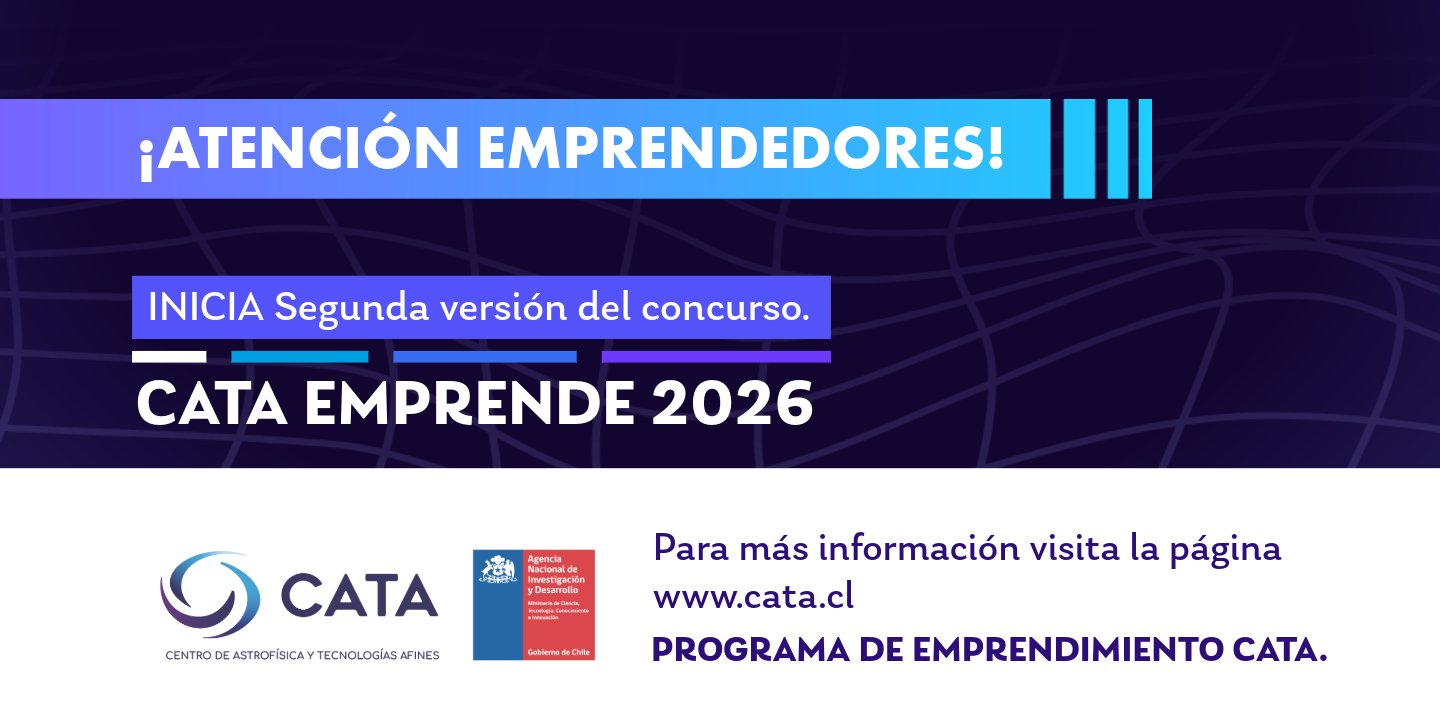 Publicado el: 12/12/2025Call for applications for the CATA Emprende 2026 program now open
Publicado el: 12/12/2025Call for applications for the CATA Emprende 2026 program now open -
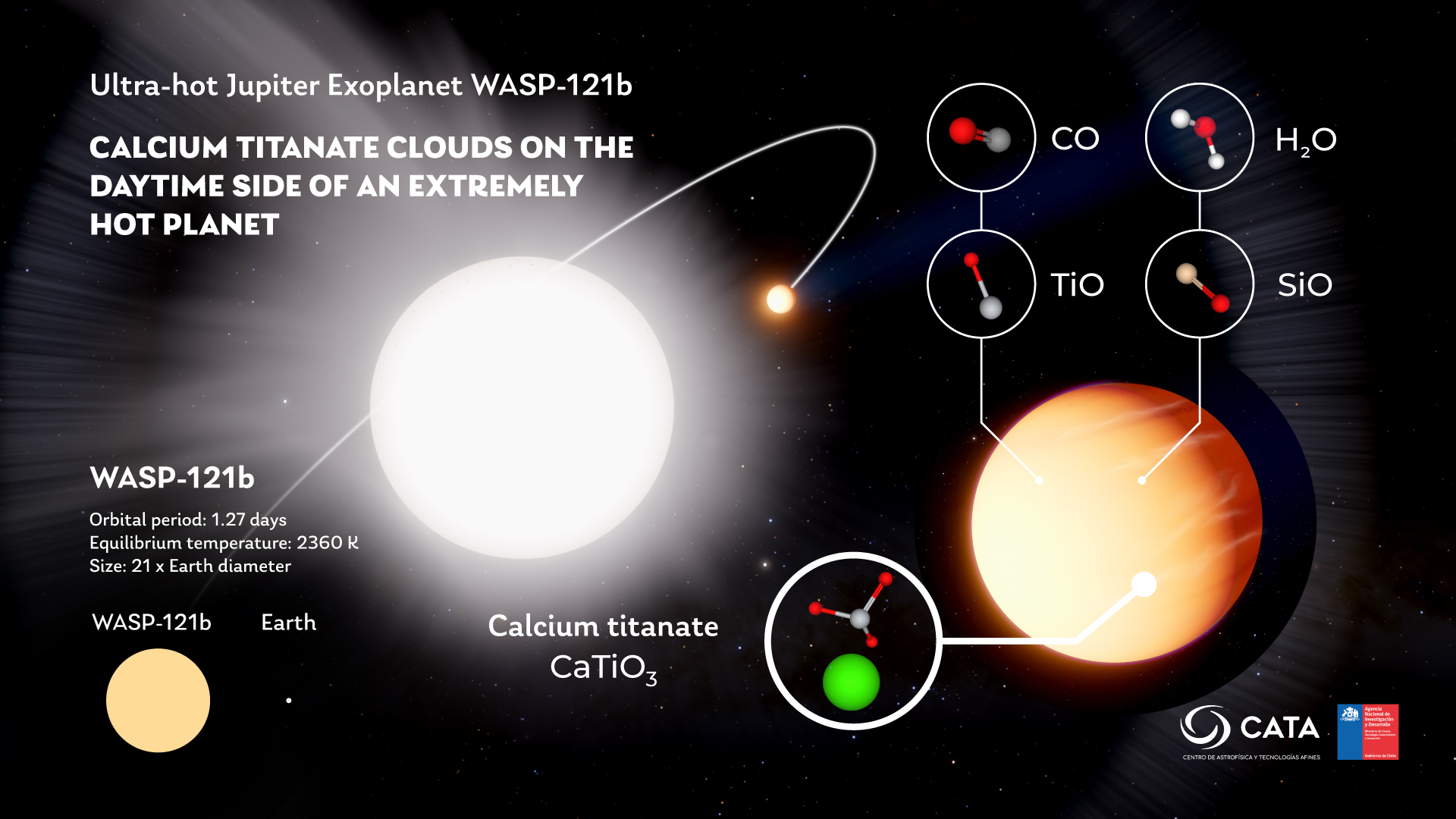 Publicado el: 09/12/2025CATA researchers detect titanate clouds on ultra-hot exoplanet
Publicado el: 09/12/2025CATA researchers detect titanate clouds on ultra-hot exoplanet -
 Publicado el: 05/12/2025CATA launches Applied Research Fund 2026
Publicado el: 05/12/2025CATA launches Applied Research Fund 2026 -
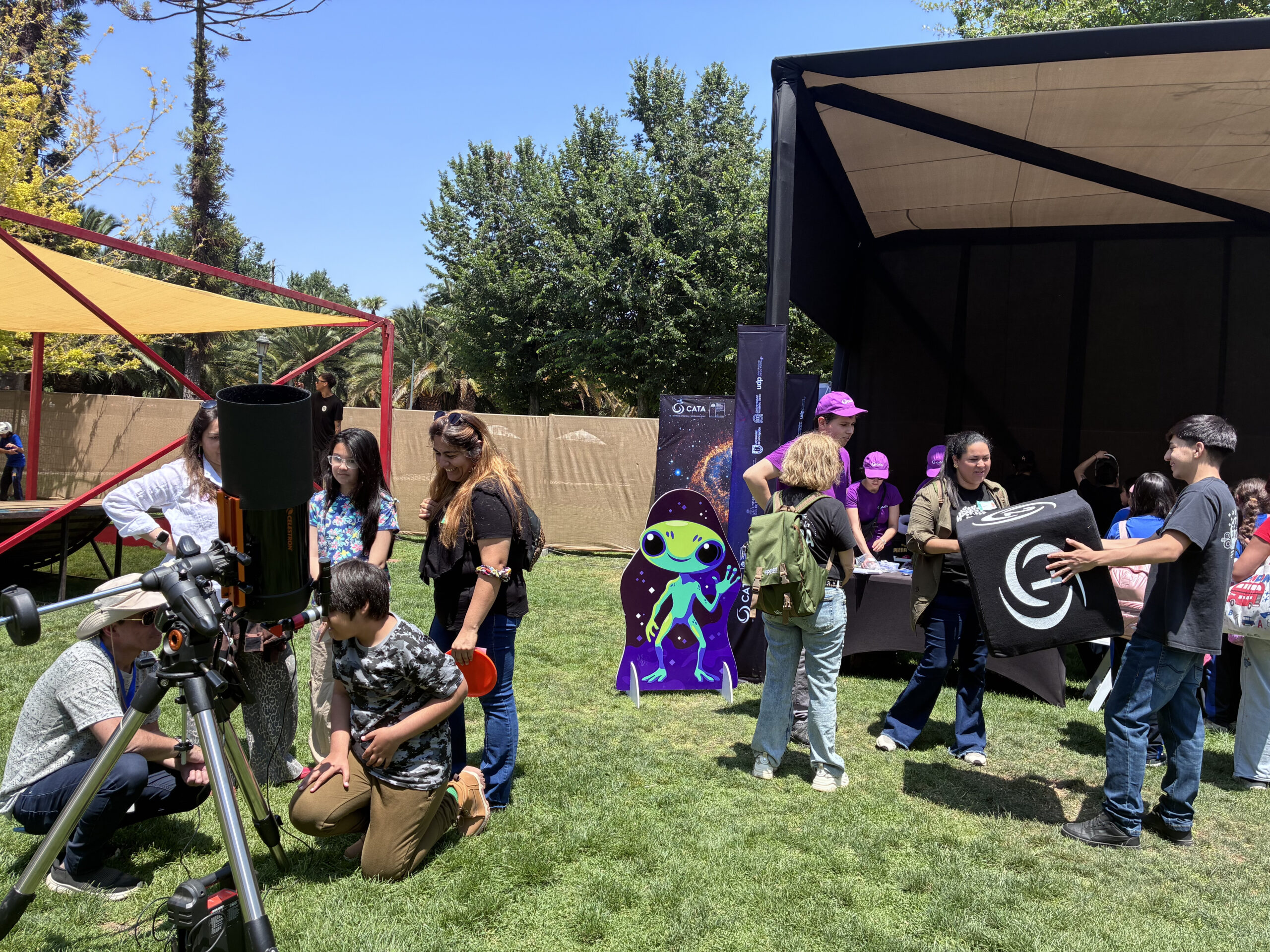 Publicado el: 01/12/2025The astronomical experience was part of the 4th Ladera Sur Festival.
Publicado el: 01/12/2025The astronomical experience was part of the 4th Ladera Sur Festival. -
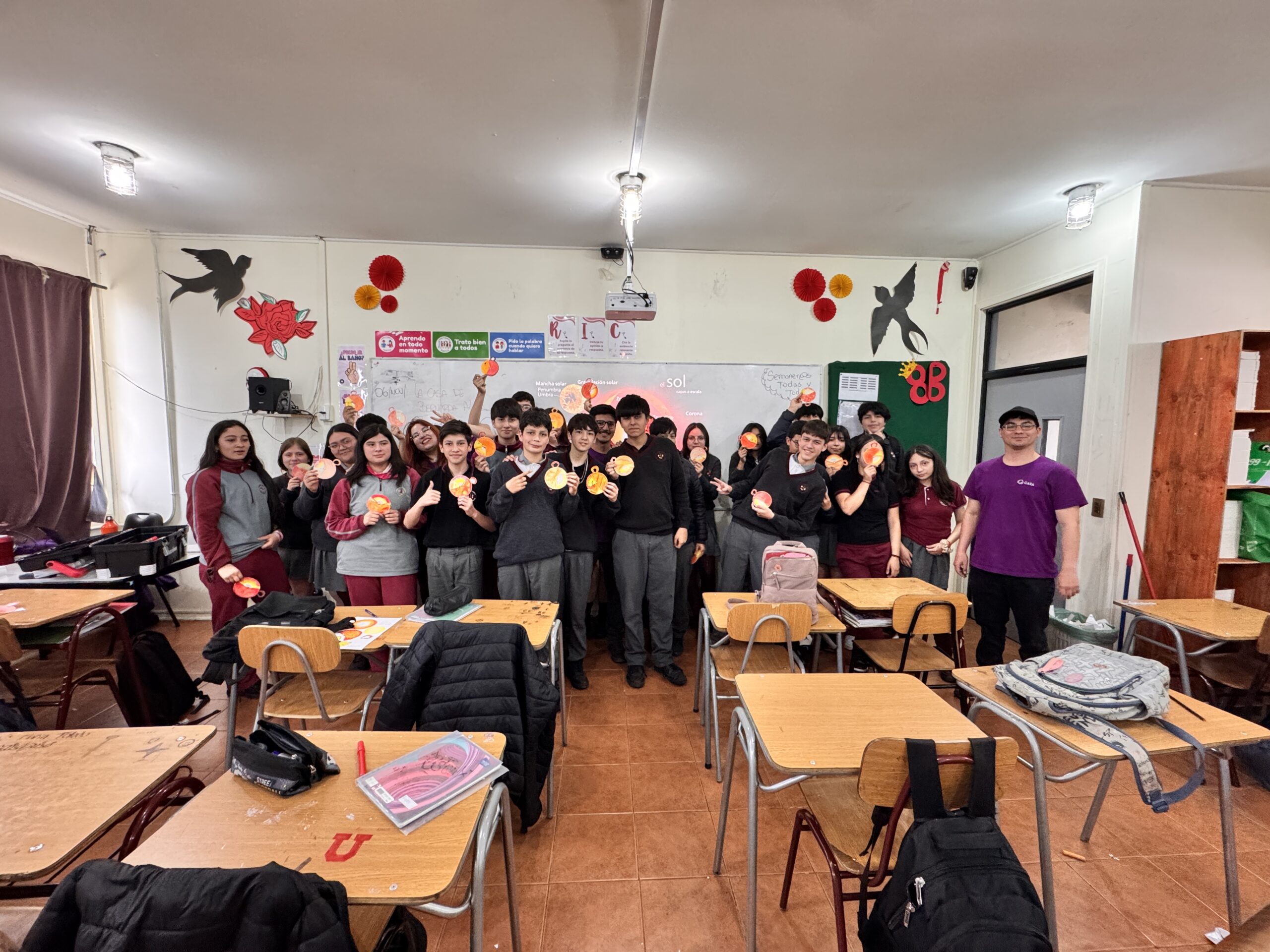 Publicado el: 25/11/2025Students from Angol held an astronomy workshop with CATA
Publicado el: 25/11/2025Students from Angol held an astronomy workshop with CATA
Categories list
- Acknowledgments 21
- Astrobiology 6
- AstroCluster 1
- Black holes 18
- Corporativo 57
- Cosmology 5
- Descubrimientos 23
- Disclosure 73
- Exoplanets 14
- Extension 6
- Galaxies 21
- Galaxies formation 5
- Inter y Transdisciplina 4
- Local Universe 16
- Publications 6
- Sin categorizar 34
- Solar System 21
- Stellar formation 8
- Technology 16
- Technology Transfer 18










































